Recognize Narcolepsy in Pediatric Patients
Symptoms of narcolepsy may present differently in pediatric patients.1-3 The 5 main symptoms of narcolepsy are referred to by the acronym CHESS (Cataplexy, Hallucinations, Excessive daytime sleepiness, Sleep paralysis, Sleep disruption).4 All patients with narcolepsy experience excessive daytime sleepiness2; however, not all patients with narcolepsy experience all of the other 4 symptoms.2,5,6
As children become adolescents and adults, the symptoms of narcolepsy may manifest differently and change over time.1-3
- The possibility of an evolving disorder, with cataplexy developing over time, should be considered in all pediatric patients with narcolepsy type 2.2
- As a child with narcolepsy type 1 ages, cataplexy develops into the more typical form observed in adults.3,7-10
- Hypnagogic/hypnopompic hallucinations and sleep paralysis may be age-dependent phenomena that slowly appear and progress along the disease course.2,8,11
Ongoing monitoring for changes in symptom presentation and comorbid medical and psychiatric conditions is important when managing patients with narcolepsy.10,12,13
Narcolepsy Symptoms in Pediatric Patients
Cataplexy
Cataplexy may manifest differently in pediatric patients.
Cataplexy typically presents at the same time as or within a year from onset of excessive daytime sleepiness2,7,14 and can have a distinct presentation in young children at onset, by manifesting as a complex movement disorder.2,3,7-9 In some cases, onset of cataplexy may be delayed for years or decades.2 Therefore, the potential for cataplexy to present later in the disease course should be considered in all pediatric patients with narcolepsy type 2.2
Recognizing Cataplexy
- Close to disease onset, cataplexy may manifest as a complex movement disorder, which includes3,7-9,14,15:
- “Negative” (hypotonic) motor features, such as head drop, persistent facial hypotonia, persistent eyelid droop, and tongue protrusion
- “Active” movement abnormalities or dyskinesia, such as raising eyebrows, repetitive mouth opening, lip chewing, grimaces, and tongue thrusting
- Close to disease onset, children may present with cataplectic facies,14 a localized version of status cataplecticus, which7,9,14:
- Affects facial muscles, often without any clear emotional triggers
- Manifests as repetitive mouth opening, tongue protrusion, and drooping eyelids
- As children age, cataplexy presentation changes into the classical forms observed in adults.7-10
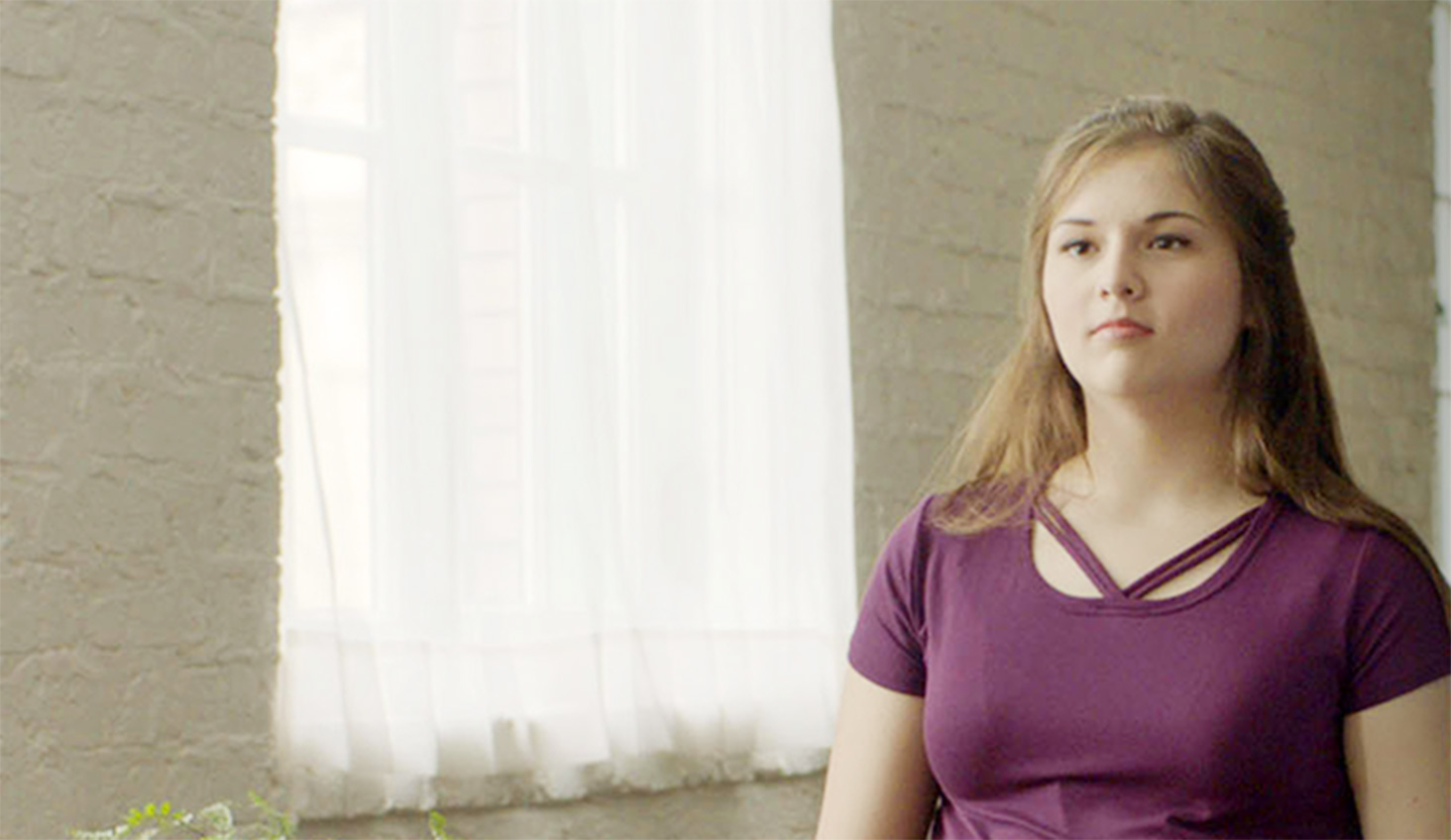
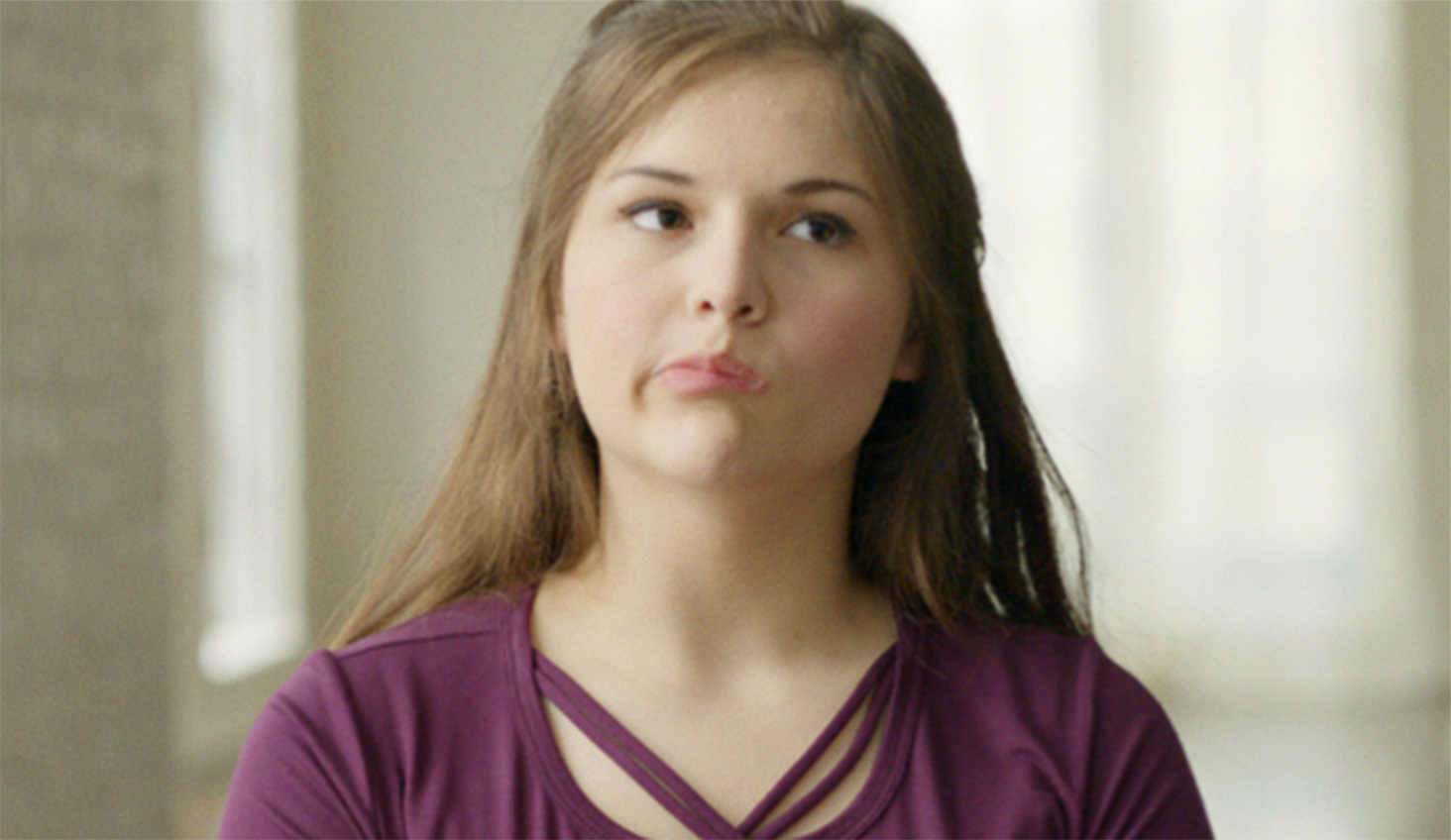
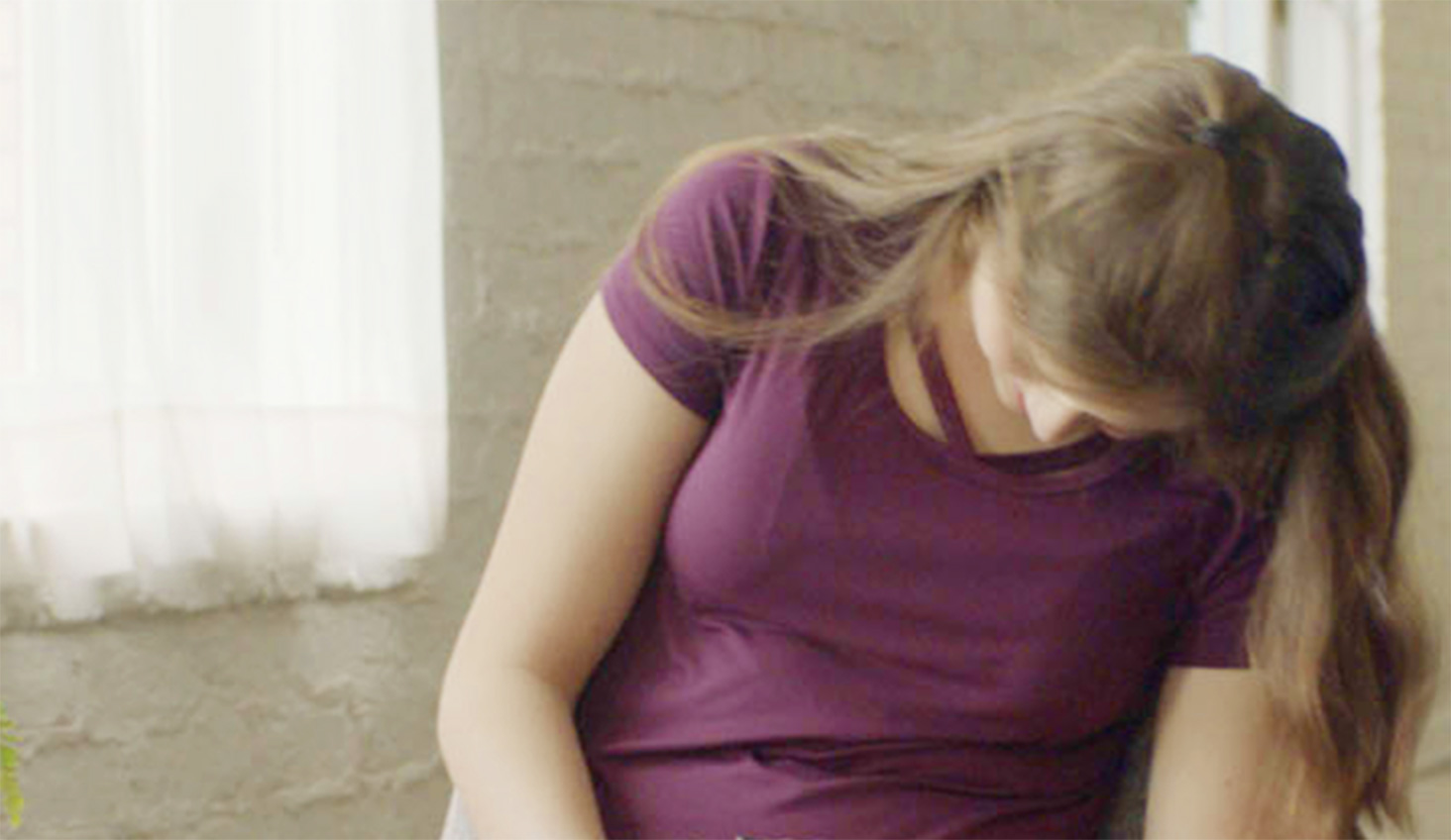
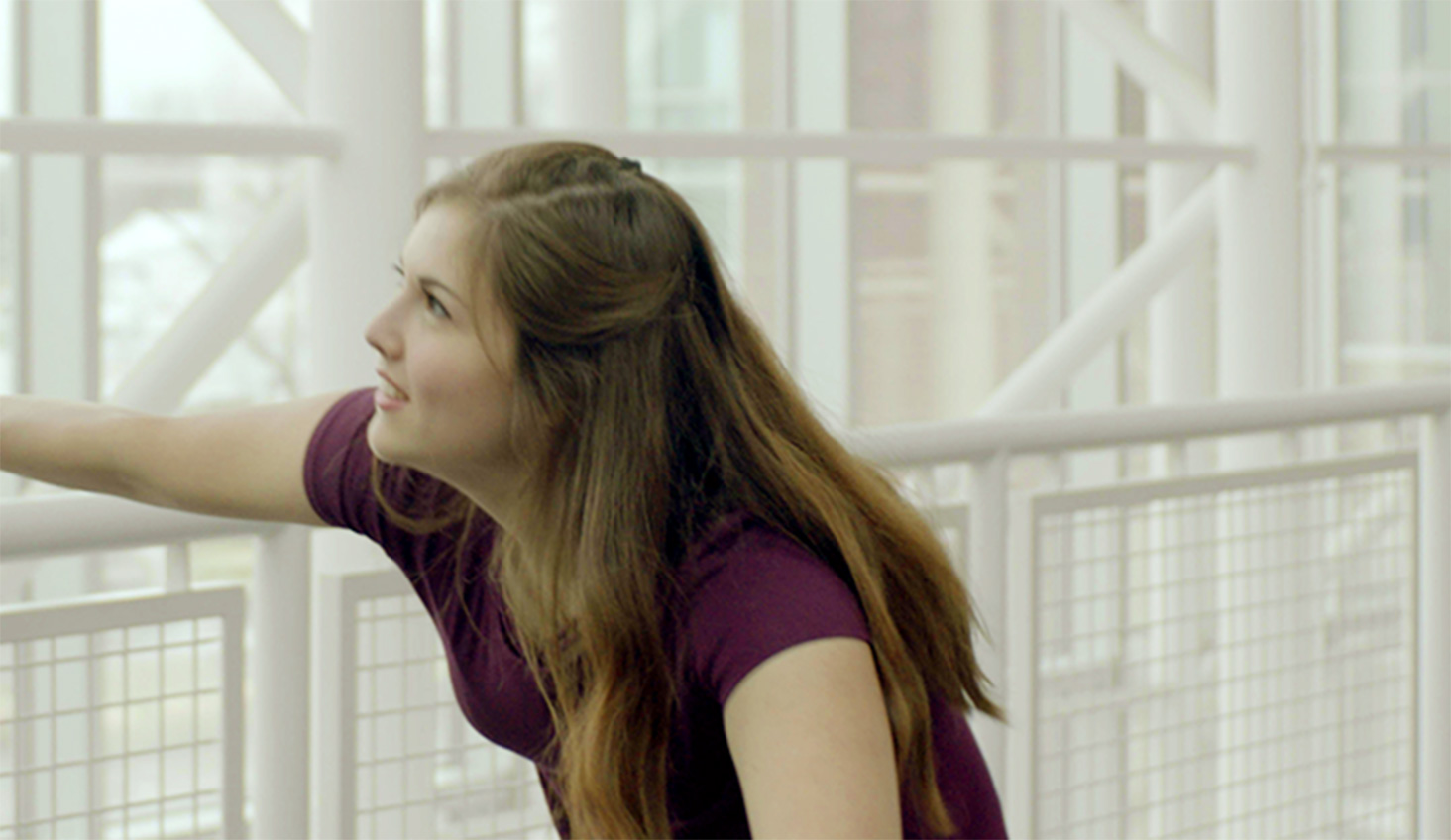
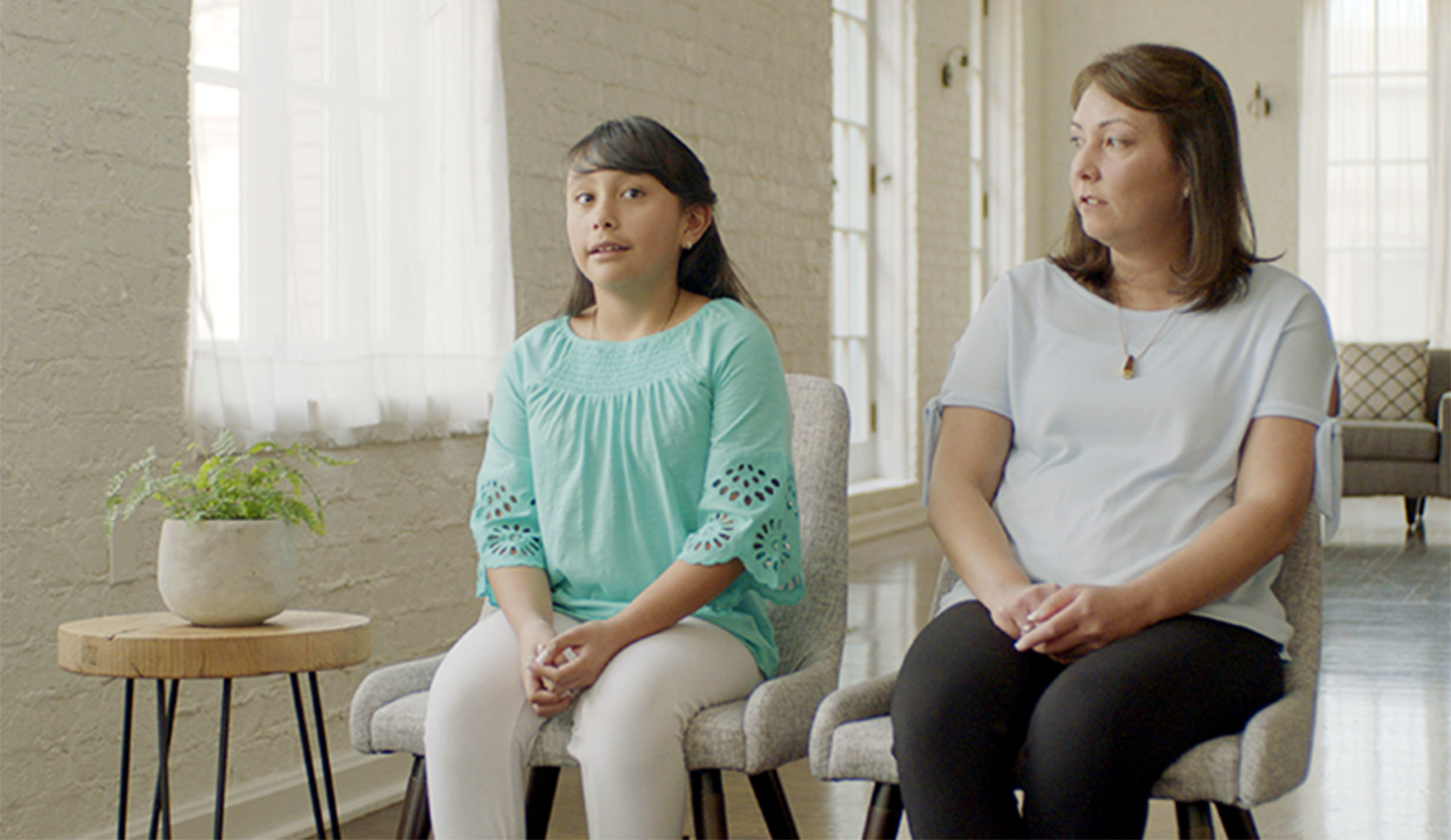
Hallucinations (Hypnagogic and Hypnopompic)
Hypnagogic (occurring at sleep onset) and hypnopompic (occurring while awakening) hallucinations include primary visual hallucinations, such as seeing shadowy figures, animals, people, and formed shapes in the room.15,16 Nearly 2/3 of patients report experiencing hypnagogic/hypnopompic hallucinations.16 Therefore, uncovering the presence of these hallucinations can be helpful when considering a diagnosis of narcolepsy.
Recognizing Hallucinations
- For younger children, hallucinations can be scary and, in some cases, may cause them to fear going to bed.16,17
- Young children may be unable to distinguish hallucinations from reality, making obtaining an accurate history of this symptom difficult.3
Excessive Daytime Sleepiness
Excessive daytime sleepiness may present differently in children.3,8
Excessive daytime sleepiness is the cardinal symptom of narcolepsy.2 All children and adolescents with narcolepsy experience excessive daytime sleepiness; however, they may not experience all of the other 4 symptoms.2,6 In children, excessive daytime sleepiness may be difficult to identify because its presentation can vary from that of adults.3,8 Because of its unusual presentation in children, excessive daytime sleepiness is often mislabeled or overlooked as laziness or inattention.3 When associated with irritability and hyperactivity, it is often misdiagnosed as another behavioral condition, such as ADHD.1,3
Recognizing Excessive Daytime Sleepiness
- Younger children may present with elongation of daytime naps and nighttime sleep, with earlier bedtimes.2,3,8
- Older children may restart regular daytime napping after naps have been discontinued.2,8,15
- Nap durations are generally longer compared with adults and may be unrefreshing.8,20
- Confusional arousals, or awakening without becoming fully aware,15 lasting up to 15 to 30 minutes, can occur upon awakening in the morning or from naps.20
- Children and adolescents with excessive daytime sleepiness may present as aggressive, irritable, or hyperactive in an attempt to cope with or counteract sleepiness.3,8
- Excessive daytime sleepiness is often not recognized as abnormal until cataplexy appears.20
Sleep Paralysis
Because children may have difficulty describing sleep paralysis and appropriately reporting the inability to move when falling asleep or waking up, it may be difficult to confirm sleep paralysis in children.2,8
Recognizing Sleep Paralysis
- In addition to being unable to move when falling asleep or waking up, children with sleep paralysis may describe difficulty breathing, despite normal respiratory function.16,21
- Sleep paralysis usually lasts for a few seconds to a few minutes and can end spontaneously or when the child is touched, shaken, or spoken to.5,16
- Sleep paralysis may be an age-dependent phenomenon, as its appearance slowly progresses in young patients along the disease course.8,11
Sleep Disruption
Children and adolescents with narcolepsy may have difficulty maintaining sleep,2,14,16,22 and they may have frequent nighttime awakenings.2,22,23
Recognizing Sleep Disruption
- In children and adolescents, disrupted nighttime sleep may impact cognition, emotional regulation, and neurobehavioral functioning.15
- Disrupted nighttime sleep may not be reported by pediatric patients or their caregivers unless targeted questions are asked.20
- Maski K, Steinhart E, Williams D, et al. Listening to the patient voice in narcolepsy: diagnostic delay, disease burden, and treatment efficacy. J Clin Sleep Med. 2017;13(3):419-425.
- American Academy of Sleep Medicine. Central disorders of hypersomnolence. In: The International Classification of Sleep Disorders – Third Edition (ICSD-3) Online Version. Darien, IL: American Academy of Sleep Medicine; 2014.
- Postiglione E, Antelmi E, Pizza F, Lecendreux M, Dauvilliers Y, Plazzi G. The clinical spectrum of childhood narcolepsy. Sleep Med Rev. 2018;38:70-85.
- Pelayo R, Lopes MC. Narcolepsy. In: Lee-Chiong TL, ed. Sleep: A Comprehensive Handbook. Hoboken, NJ: Wiley and Sons, Inc.; 2006:145-149.
- Ahmed I, Thorpy M. Clinical features, diagnosis and treatment of narcolepsy. Clin Chest Med. 2010;31(2):371-381.
- National Institute of Neurological Disorders and Stroke. Narcolepsy fact sheet. NIH Publication No. 17-1637. https://www.ninds.gov/Disorders/Patient-Caregiver-Education/fact-Sheets/Narcolepsy-Fact-Sheet. Accessed November 10, 2020.
- Plazzi G, Pizza F, Palaia V, et al. Complex movement disorders at disease onset in childhood narcolepsy with cataplexy. Brain. 2011;134(pt 12): 3480-3492.
- Rocca FL, Pizza F, Ricci E, Plazzi G. Narcolepsy during childhood: an update. Neuropediatrics. 2015;46(3):181-198.
- Pillen S, Pizza F, Dhondt K, Scammell TE, Overeem S. Cataplexy and its mimics: clinical recognition and management. Curr Treat Options Neurol. 2017;19(6):23.
- Thorpy M, Morse AM. Reducing the clinical and socioeconomic burden of narcolepsy by earlier diagnosis and effective treatment. Sleep Med Clin. 2017;12(1):61-71.
- Pizza F, Franceschini C, Peltola H, et al. Clinical and polysomnographic course of childhood narcolepsy with cataplexy. Brain. 2013;136(pt 12):3787-3795.
- Broughton WA, Broughton RJ. Psychosocial impact of narcolepsy. Sleep. 1994;17(8 suppl):S45-S49.
- Kauta SR, Marcus CL. Cases of pediatric narcolepsy after misdiagnoses. Pediatr Neurol. 2012;47(5):362-365.
- Serra L, Montagna P, Mignot E, Lugaresi E, Plazzi G. Cataplexy features in childhood narcolepsy. Mov Disord. 2008;23(6):858-865.
- Maski K, Owens JA. Insomnia, parasomnias, and narcolepsy in children: clinical features, diagnosis, and management. Lancet Neurol. 2016;15(11):1170-1181.
- Babiker MO, Prasad M. Narcolepsy in children: a diagnostic and management approach. Pediatr Neurol. 2015;52(6):557-565.
- Jardri R, Bartels-Velthuis AA, Debbané M, et al. From phenomenology to neurophysiological understanding of hallucinations in children and adolescents. Schizophr Bull. 2014;40(suppl 4):S221-S232.
- Luginbuehl M, Kohler WC. Screening and evaluation of sleep disorders in children and adolescents. Child Adolesc Psychiatric Clin N Am. 2009;18(4):825-838.
- Nevsimalova S. Narcolepsy in childhood. Sleep Med Rev. 2009;13(2):169-180.
- Nevsimalova S. The diagnosis and treatment of pediatric narcolepsy. Curr Neurol Neurosci Rep. 2014;14(8):469.
- Stores G, Montgomery P, Wiggs L. The psychosocial problems of children with narcolepsy and those with excessive daytime sleepiness of uncertain origin. Pediatrics. 2006;118(4):e1116-e1123.
- Roth T, Dauvilliers Y, Mignot E, et al. Disrupted nighttime sleep in narcolepsy. J Clin Sleep Med. 2013;9(9):955-965.
- Sturzenegger C, Bassetti CL. The clinical spectrum of narcolepsy with cataplexy: a reappraisal. J Sleep Res. 2004;13(4):395-406.